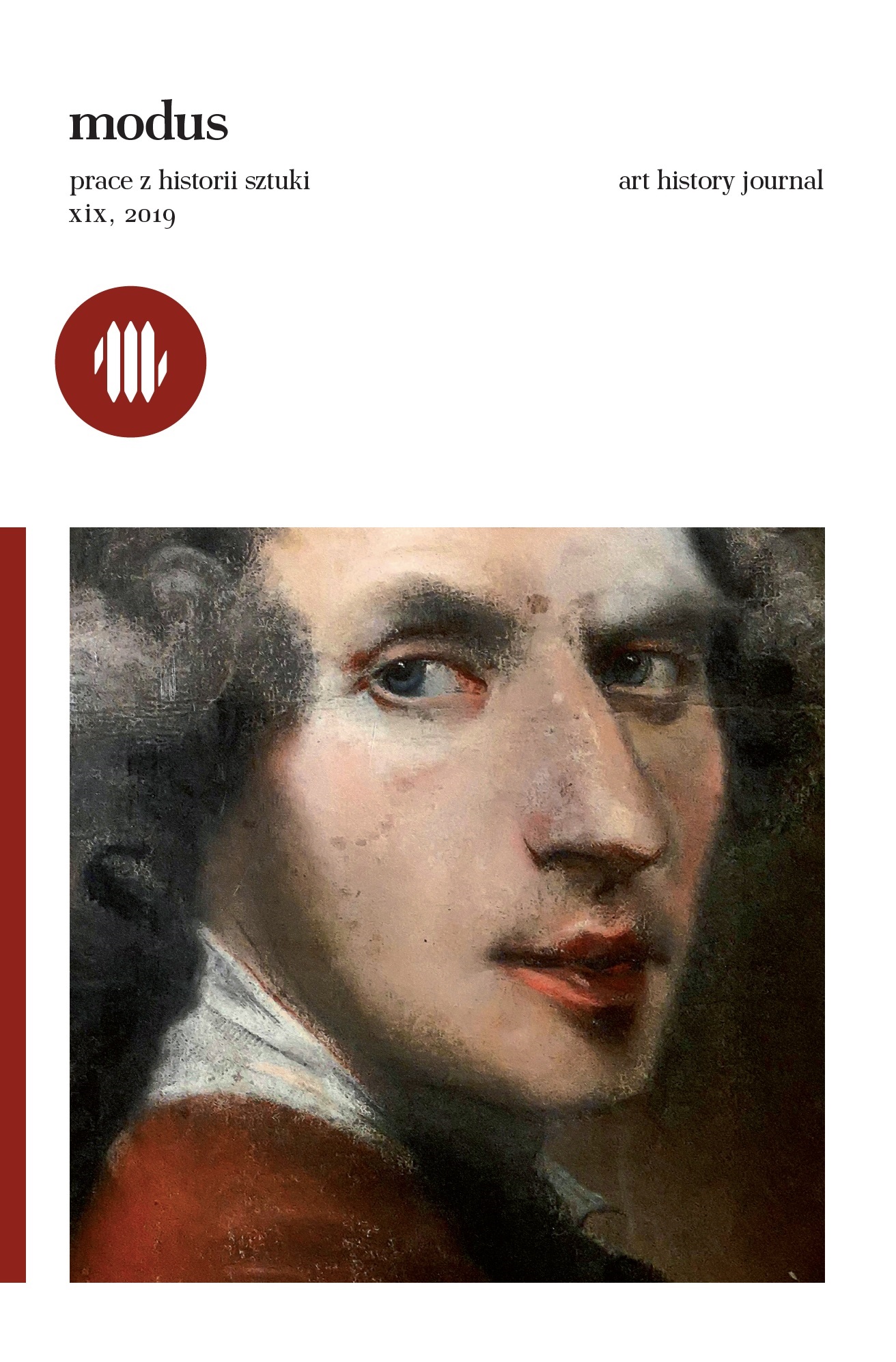Od „szkoły berlińskiej” do secesji: przyczynek do architektury miejskich zakładów przemysłowych Lwowa w latach 1858-1914
From “Berlin school” to Art Nouveau: contribution to the study of architecture of municipal public utilities in Lviv in the years 1858-1914
Author(s): Tomasz DywanSubject(s): Fine Arts / Performing Arts, Architecture, History of Art
Published by: Wydawnictwo Uniwersytetu Jagiellońskiego
Keywords: Lviv;architecture;indystrial architecture; municipial architecture;1914;19 century;secession;art neuvo;
Summary/Abstract: The text aims to show the evolution of the buildings of Lviv municipal industrial plants, from the moment of launching the first complex of this type - gas plant (1858) until the outbreak of World War I. Based on the preserved design documentation, iconographic materials, as well as preserved remains of industrial complex buildings, the materials, constructions and construction techniques used, as well as the architectural forms used in the projects were analyzed. By the end of the 19th century, the municipal government entrusted the implementation of the necessary municipal infrastructure to private investors, in return for which it granted them a monopoly on gas supply and transport services. Complexes created during this period (gas plant, horse tram and electric tram) were of small scale and resulted from the need to reduce construction costs. That is why cheap building materials and techniques as well as modest architectural forms were used. From the end of the 19th century, we can observe a significant change in terms of the scale of the complexes being built (modernization of the gasworks, municipal slaughterhouse in Gabrielówka), the materials and structures used (iron, reinforced concrete) and the increasingly sumptuous architectural forms. This was the result of the municipal authorities undertaking the effort to build these plants and, as a consequence, expressing their aspiration for modernity through their architecture. It was understood as making available to Lviv people products and services on a massive scale, which contributed to the improvement of living conditions in the city. The height of these trends was the development of the Persenówka power plant and the depot at Gabrielówka, which received fancy Art Nouveau facades.
Journal: Modus. Prace z historii sztuki
- Issue Year: 2019
- Issue No: 19
- Page Range: 161-212
- Page Count: 52
- Language: Polish

